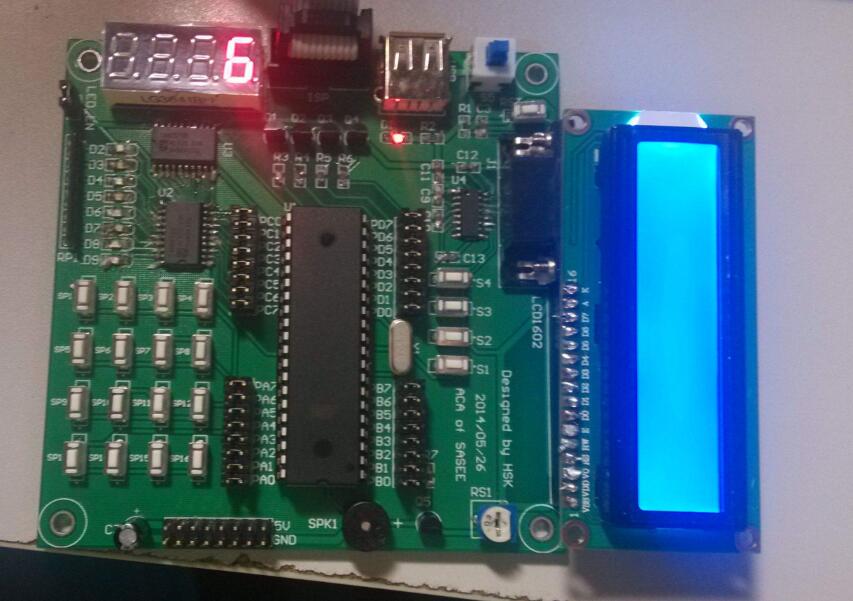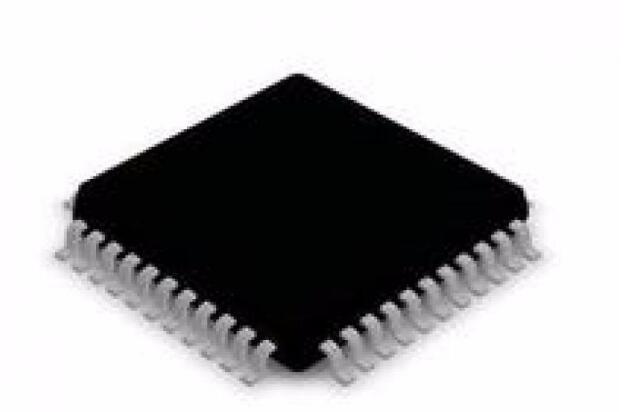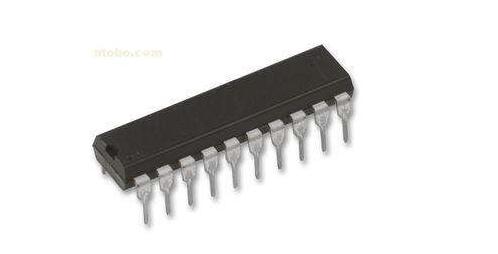The single-chip microcomputer is mainly used in some control fields, its peripherals and interfaces are rich, the price is cheap, and the computing power requirements are not very high. Although 32-bit single-chip microcomputer has already met the performance requirements, the 64-bit single-chip microcomputer still attracts much attention. Follow the series to learn more about the Toshiba 64-bit microcontroller.

One, TX99 family
The TX99 family of 64-bit RISC microprocessors is based on the MIPS64TM microarchitecture of MIPS Technologies, Inc. (USA). This series of microprocessors uses a 64-bit superscalar architecture jointly developed by MIPS Corporation and Toshiba Corporation. MIPS64TM has extremely high performance and can process two instructions at the same time. By applying this architecture to semiconductor products and systems, it is expected to realize high-speed data in fields where cost and power consumption are the most important factors (such as automotive electronics (digital information), OA, home services, digital information applications, and networks). deal with.
1. The TX99 family mainly refers to the TX99/H4 series.
1.1 Features
â—† TX99 processing core features
â–² Based on MIPS 25Kf high-end RISC core
Instruction Set: MIPS 64TM with MIPS-3DTM ASE
â–²Using dual emission mechanism superscalar assembly line (7 levels)
â–² Center operating frequency: 600MHz/8/SPAN
â–² equipped with 32K byte instruction cache and 32K byte data cache
Four-way line indexing system
â–²Level 2 cache can be configured up to 256K bytes
â–² Built-in single/double precision floating point coprocessor
â–² High-speed bus bandwidth (12.8 GBytes/s) SOC interface
Through the SOC interface allows the CPU core to achieve a considerable ratio of bus frequency distribution
â–² TX99/H4: 90nm Process Technology
â–² Perfect development environment

2, TX49 family
The TX49 RISC microprocessor family for embedded use is Toshiba's original family of 64-bit microprocessors, based on the RISC architecture designed by MIPS Technologies. The TX49/H2 core can be used in a dedicated standard product (ASSP) or as a CPU core in an embedded array or cell-based chip. Higher system integration compared to all previous methods.
TX99 family includes TX49/H4 series, TX49/H3 series, TX49/H2 series and TX49/L3 series.
2.1 Features
â—† 64-bit RISC architecture
â–² R4000A architecture
â–¡ Upward compatible instruction set, including MIPS I, MIPS II, and MIPS III Instruction Set Architecture (ISA)
â–²TX49/H2: Maximum internal operating frequency: 200MHz
â–²TX49/H3: Maximum internal operating frequency: 333MHz
â–²TX49/H4: Maximum internal operating frequency: 400MHz
â–² TX49/L3: Maximum internal operating frequency: 200 MHz
â–² TX49/L4: Maximum internal operating frequency: 333 MHz
â–²TX49/W4: Maximum internal operating frequency: 400 MHz
â–¡ You can install 2-level caches with a capacity of 512KB to store instructions and data. (optional)
â–² Non-blocking loading function
â–¡ The next instruction currently executing the instruction will be executed when the cache is refilled.
â–²DSP function
â–² 32 64-bit general purpose registers
â–²Optimized 5-stage flow
â–² single or double precision floating point unit (FPU)
(TX49/H2, TX49/H3, TX49/H4 and TX49/W4 cores)
â–² Debug support unit (DSU)
â–¡ Support EJTAG.

â—† Low power design
â–² Low power mode (pause/interrupt)
â—† Built-in high-capacity first-level Cache
â–² Instruction Cache: 3
â–¡ Four-way line index
â–¡ Support lock function
â–²Data cache: 32KB
â–¡ Four-way line index
â–¡ Support lock function
â–¡ write return/write penetration (for any page)
â—† Widely used as a CPU core in gate array/cell-based chips
â–² TX49/H2: 0.18 micron process
â–² TX49/H3, TX49/L3: 0.13-micron process
â–² TX49/H4, TX49/L4, TX49/W4: 90nm process
â–² Perfect development environment
â—† Suggested application
â–²Printer, PPC, DVD, Game, Network, Set Top Box
â–² They can be used for a variety of purposes and are not limited to the above uses.
Kadena (KDA) is a hybrid blockchain network and smart contract platform that aims to unite public applications, private blockchains, and other interoperable chains in one place, driving traffic to the high-bandwidth computer at the heart of the Kadena public chain. Kadena`s mining algorithm is Blake2S, which supports ASIC mining.
Kadena is a blockchain network and smart contract token aiming to bring together both public applications and private blockchain.
The coin solves various problems that prevent blockchain adoption on a bigger scale. The protocol enables businesses and developers to make transactions and share information across many networks.
The Coin is actually on the grid to reduce users` experience in the network. Ethereum users experience a lot of network congestion which results in high gas fees.
A few changes have come into Kadena mining. A proof of work blockchain uses PACT to create smart contracts in the hidden gen. Therefore you need to know the following before mining Kadena. PACT is an intelligent contract language serving the needs of the blockchain community.
1.You Need an Excellent Mining Hardware
To mine efficiently, you will require suitable mining hardware. Kadena uses ASIC miners. But, unfortunately for Kadena miners, CPUs and GPUs are not usable. Furthermore, ASIC mining receives support from the Blake2S algorithm.
2.Make Sure You Have a Kadena Wallet Address
You will need a Kadena wallet address to receive and monitor your profit. F2pool also makes the distribution of the revenues to every user daily at 2KDA. The Kadena node wallet is a perfect wallet where you can receive your mined KDA. all you need to do is install it, click receive, and have a new wallet address.
You will need to configure your Asic Miner to a mining pool server for your hashrate and profit to be recorded and monitored.
3.Start Mining
After all the setting is done, your miner will be ready to work. Make sure you enter your wallet address and click on the go button to receive your revenue.
Kda Miner,Antminer Ka3 166Th,Bitmain Antminer Ka3 166Th,Antminer Bitmain Ka3
Shenzhen YLHM Technology Co., Ltd. , https://www.sggminer.com